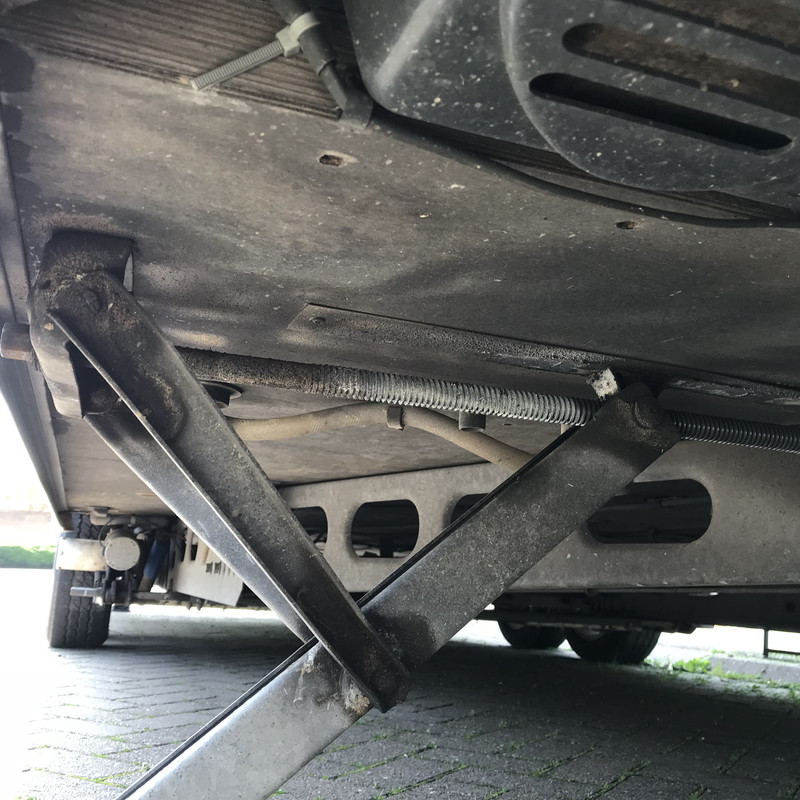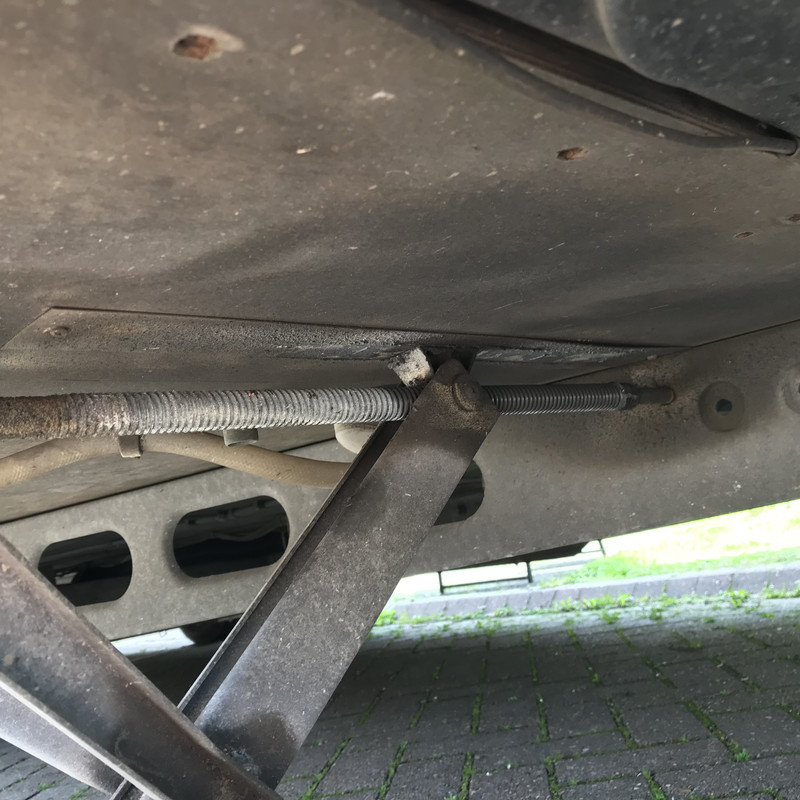colinbal4 said:
Never realised front steadies could be bolted to the floor, I'll have a look when I get home.
The only reason I questioned it was because my stepfather always raised it, so I did the same, and a friend saw it raised and told me not to.
It's not a totally daft question, I didn't know whether jockey wheel mechanism was designed for holding weight over a long period of time, you wouldn't leave a car on a jack, you use axle stands.
The tyre could deflate over time, and even if it doesnt could form a flat spot. I'm a life long motorcyclist so I'm used to putting them on paddock stands if stored over winter and keeping the tyres off the ground.
Given these rules apply to cars and motorcycles, I just wasnt sure what was best being new to a caravan.
To take some of your points :
It is no good comparing a jockey wheel mechanism with a car jack.
First and foremost there are no hydraulics associated with a jockey wheel, it is all mechanical and is simply a heavy screw through a tube to the wheel itself.
All jockey wheels leaving the factories are of solid plastic normally, some owners prefer to fit a pneumatic tyre to aid with a motor mover as they tend not to dig in as much as solid wheels do, but they are very prone to deflating as they are not very well made and the tyre tends to pull the inner tube causing inner tube failure, as well as sharp objects causing a puncture.
The jockey wheel is made to bear the weight combined with the main wheels, the steadies are just that, steadies.
They are not jacks neither are they meant to bear the weight of the van plus occupants on their own, and all are bolted to the floor in two places with the end of the worm drive supported in the chassis member.
As far as flat spots are concerned, they used to be a problem with cross ply tyres but radial tyres do not suffer the same problem because as soon as the wheel starts turning it is causing the tyre to revert to its round shape which is the way the cords are running.



